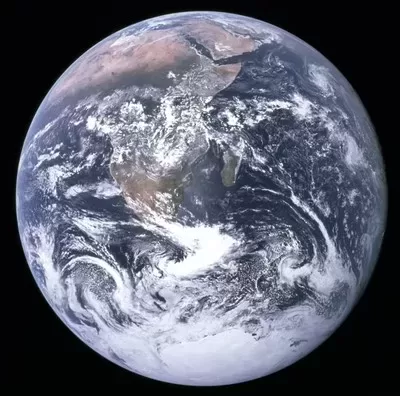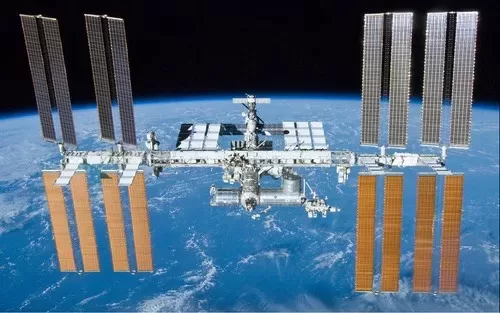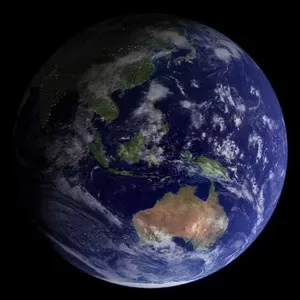The Blue Marble photograph, made by NASA’s Apollo 17 astronauts on December 7, 1972, is one of the most published photographs on Earth.
The last manned mission to the Moon, Apollo 17, made this photograph of Earth and changed the way we see our planet forever.
By showing the Earth without borders, the image quickly became a symbol of harmony and unity. Earth is seen as an isolated ecosystem floating in space.


Taken with a Hasselblad film camera, it was the first photograph made of the whole round Earth. The photographer used a 70-millimeter Hasselblad camera with an 80-millimeter Zeiss lens.
All crew members were using the Hasselblad and so all are credited with creating the image, although it is likely that Harrison H. Schmitt was the photographer.
Other photos made before and since Blue Marble are composite photos – multiple photos ‘stitched’ together as a mosiac. Apollo 17 was the last crewed mission to the moon. No human since has been far enough from Earth to photograph a whole-Earth image in one frame.
Everything had to be just right
The Blue Marble photograph’s official NASA designation, AS17-148-22727, needed specific conditions to make the photo.
The sun had to be directly behind the camera to illuminate the entire globe. The space mission needed to be at a distance greater than most missions fly just to fit the entire globe into a single frame. This Blue Marble photo was made from a distance of around 29,000 kilometers (18,000 miles) from the planet’s surface.
By comparison, the International Space Station ISS orbits at a height of 400 kilometers, about 249 miles away from Earth. While the view is spectacular from the ISS, it is too close to earth to capture the entire globe without using an extreme wide angle lens which would produce a highly distorted image.


The Apollo 17 astronauts – Eugene A. Cernan, commander; Ronald E. Evans, command module pilot; and Harrison H. Schmitt, lunar module pilot – were traveling toward the moon at a speed approaching a thousand miles an hour when the photo was made.
Earthrise
Humans had seen spectacular photos of Earth before. Earthrise is a photograph of Earth with the Moon’s surface in the foreground that was taken by Apollo 8 astronaut William Anders on December 24, 1968, but the Blue Marble was the first to show the full round globe.


In his book Earthrise, Robert Poole wrote:
Although no one found the words to say so at the time, the ‘Blue marble’ was a photographic manifesto for global justice.
New Blue Marble photos
A new collection is called the Blue Marble: Next Generation, available here.


2002 Blue Marble composite photo showing Australia.
NASA image by Robert Simmon and Reto Stöckli, CC BY-NC-SA
The DSCOVR satellite images are freely available to the public, including the new “Blue Marble” images. You can view and download new “Blue Marble” images taken by DSCOVR here.



